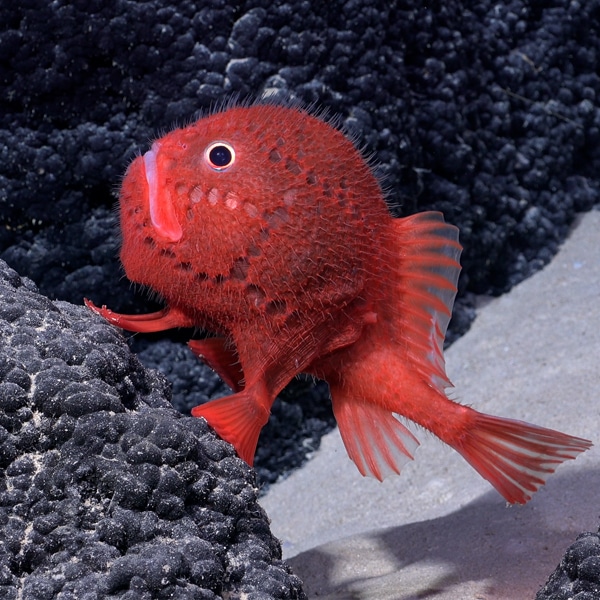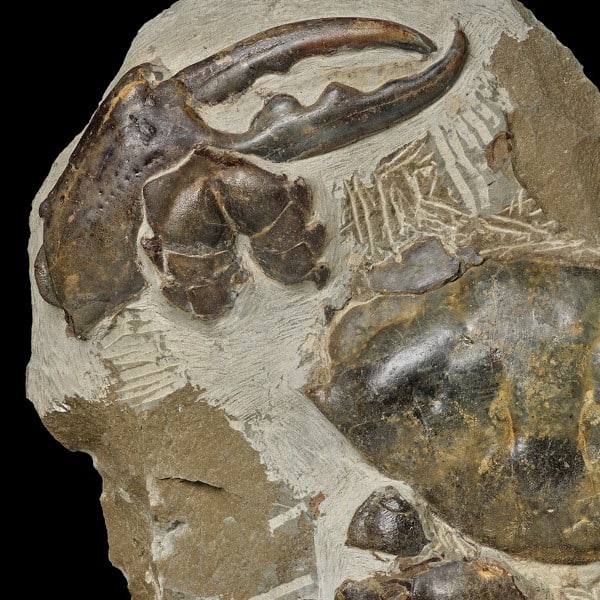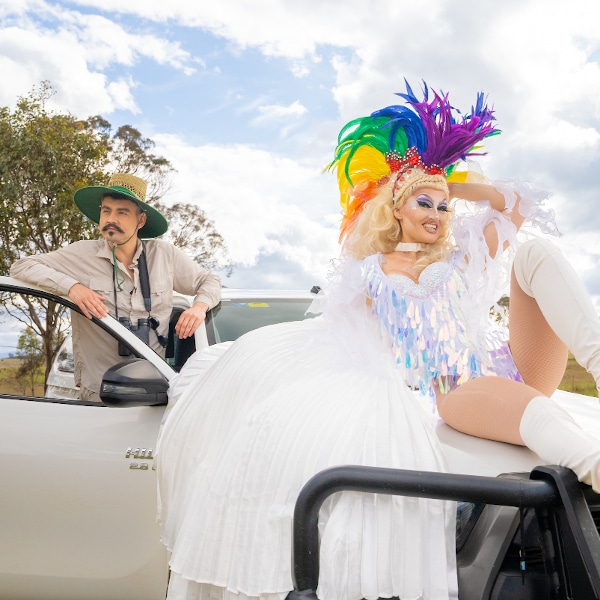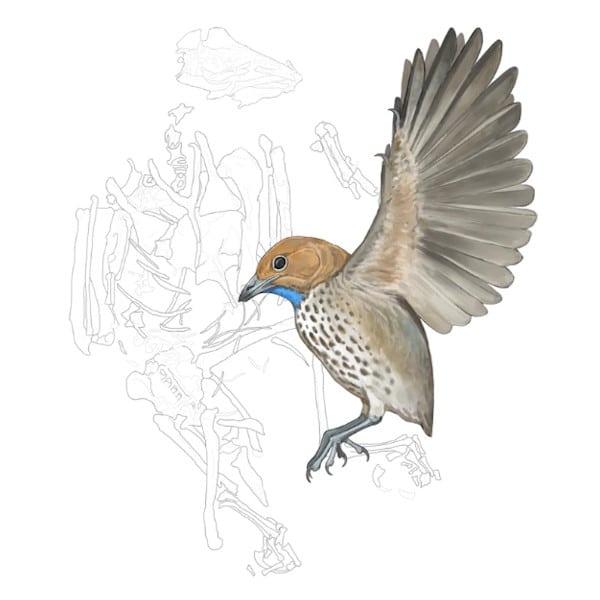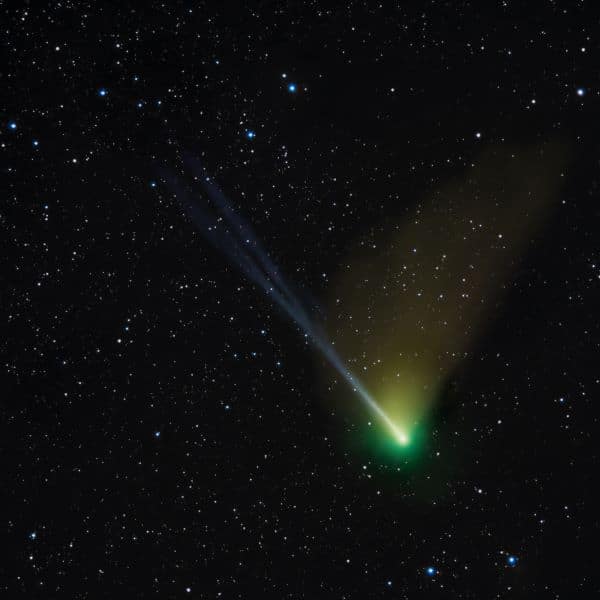Bats are some of the most fascinating and misunderstood creatures in the world, and few know this better than Merlin Tuttle, the world's leading bat biologist and photographer. If you've ever seen a fantastic photo of a bat in a newspaper article, book, or anywhere else, chances are that Tuttle took it. The founder of Bat Conservation International, Tuttle has spent nearly his entire life working for the conservation of bats, who are often hunted and feared despite playing a vital part in nature.
His passion sprouted as a teenager living in Tennessee in the 1950s, when Tuttle managed to prove that gray bats are migratory, contrary to what textbooks and scientists said at the time. Since this first breakthrough, Tuttle has gone on to become a top ecologist who has captured and banded well over 40,000 bats in order to identify and track them for research purposes. Part of his work includes photographing bats in an effort to positively depict their harmless–and often adorable–nature. Among his most eye-catching images are these portraits of bats with their faces covered in pollen and their long tongues sticking out as they feed on flowers and fruits. The winged mammals are responsible for the pollination of over 500 plant species, including different types of mango, banana, cocoa, durian, guava, and agave. Without bats, say goodbye to treats like chocolate and tequila, as well as a balanced and healthy ecosystem.
One of the photographer's goals is to debunk common misconceptions about bats by showing them in a new light–a noble objective that means making sure a bat's clean, silky fur is always spotless during a photo shoot, as well as upholding his personal policy of never photographing a bat snarling or making a scary face. Tuttle wrote to us in an email: “Seen in proper light, bats are just as fascinating and important as any other animals. Contrary to traditional misperceptions, they're vital to healthy ecosystems, provide billions of dollars of benefits to human economies and have one of our planet's best records for living safely near humans.”
How does Tuttle manage to get so close to his nocturnal subjects with his camera and flash? “Most of my action photos are taken in my portable, walk-in studio at distances of just 1 to 1.5 meters. Four to eight high-speed flashes are required,” Tuttle told us. “Acclimation typically takes from one to five nights, after which bats view me as a source of tasty treats, often learning to come to my hand on call to be fed. Once a bat overcomes its fear of me, I can photograph it going about its normal activities in sets that I build to be indistinguishable from what one would see in the wild. That doesn't mean that I don't often have to work all night, several nights in a row, with thousands of tries to get just one perfect image! When possible, I also work in the wild.”
Tuttle documented his lifetime of whirlwind adventures in his new book The Secret Lives of Bats: My Adventures with the World's Most Misunderstood Mammals, which will be available from Amazon, Barnes & Noble, and other retailers starting October 20, 2015.


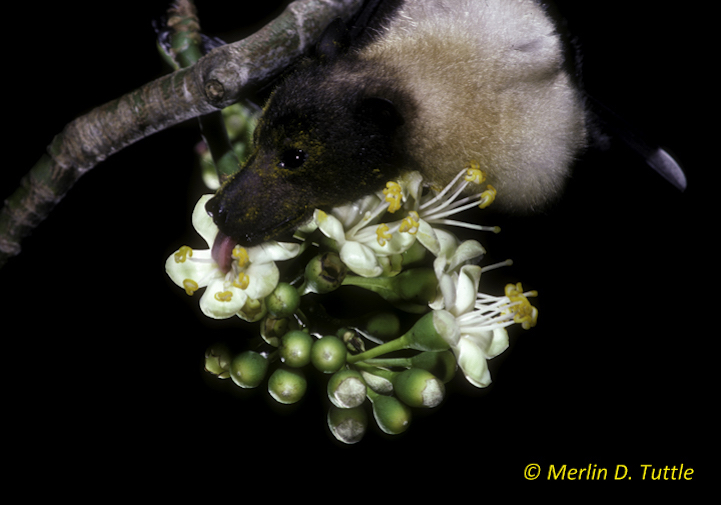


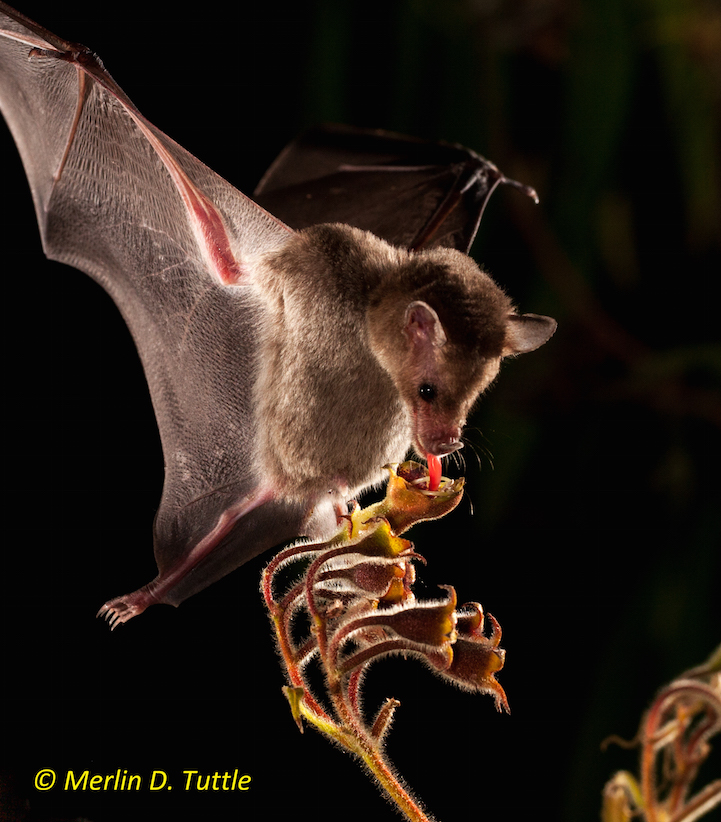

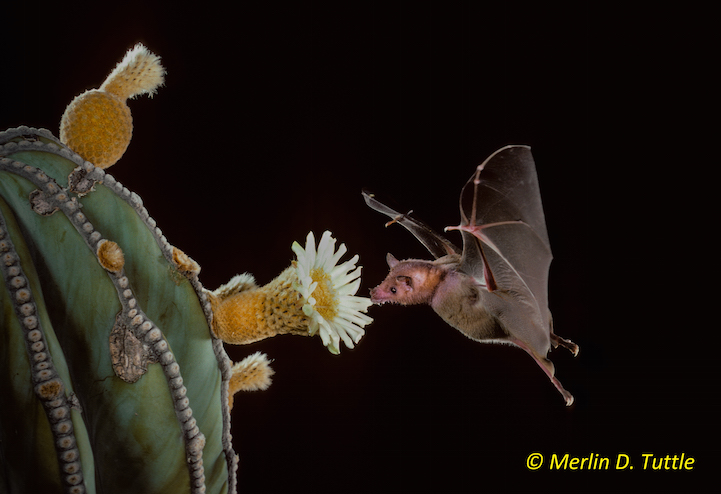


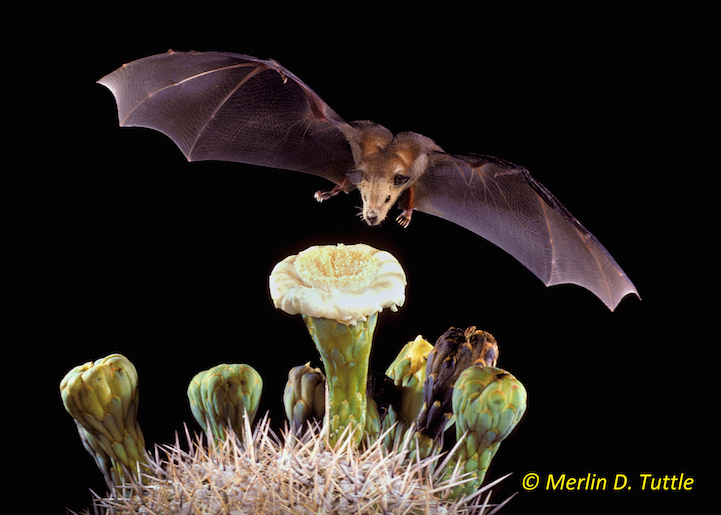
Merlin Tuttle: Website
My Modern Met granted permission to use photos by Merlin Tuttle.














































































